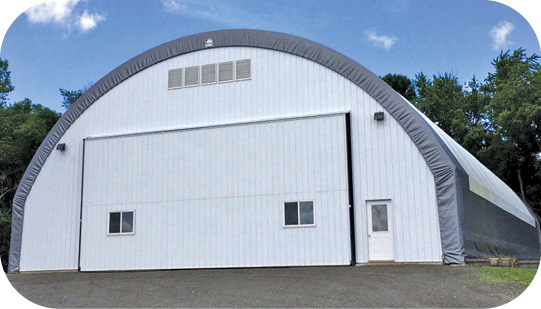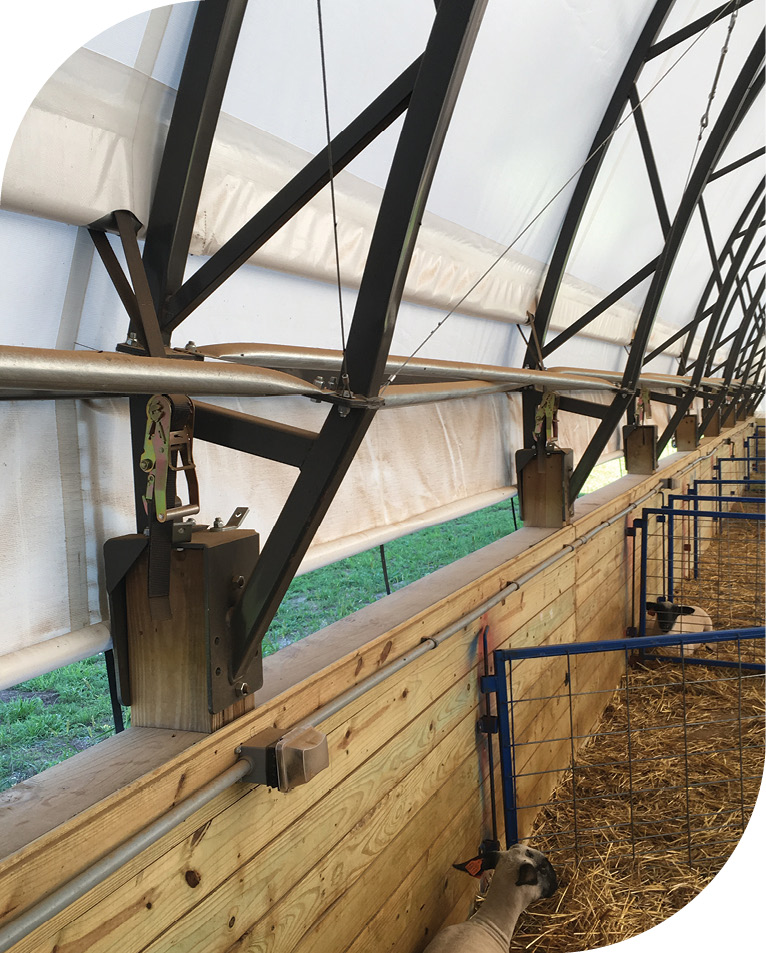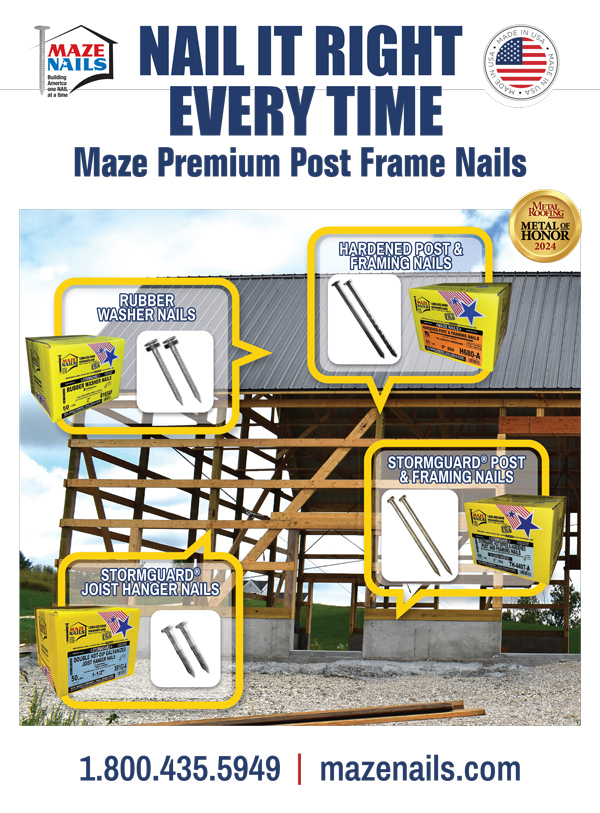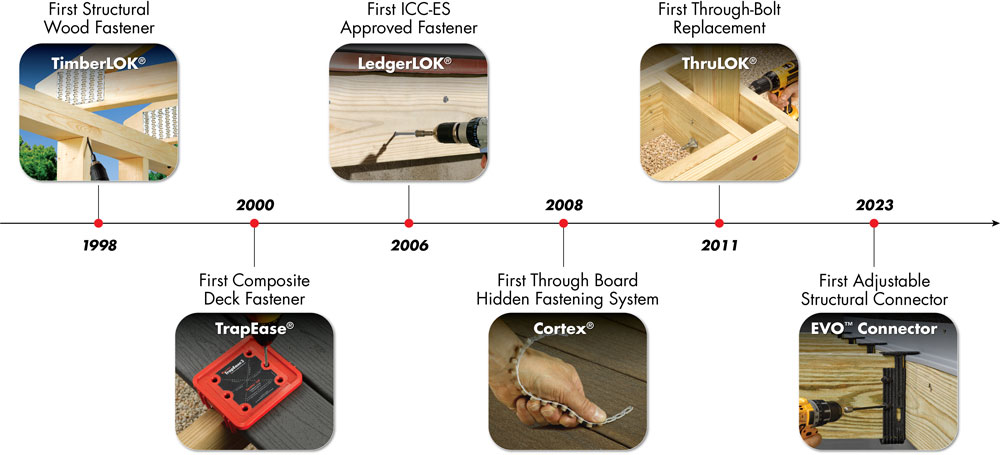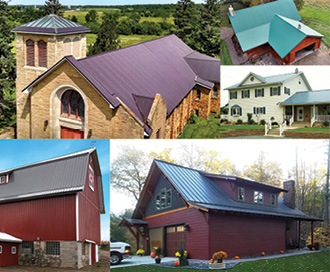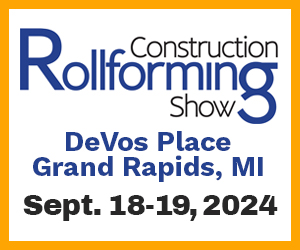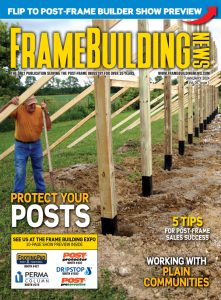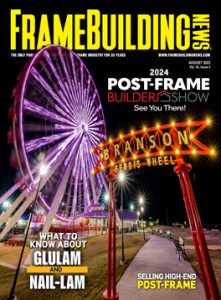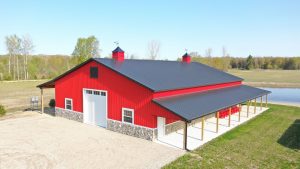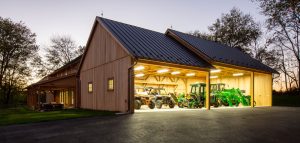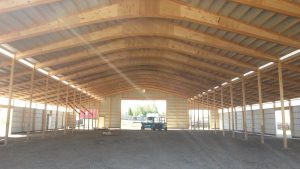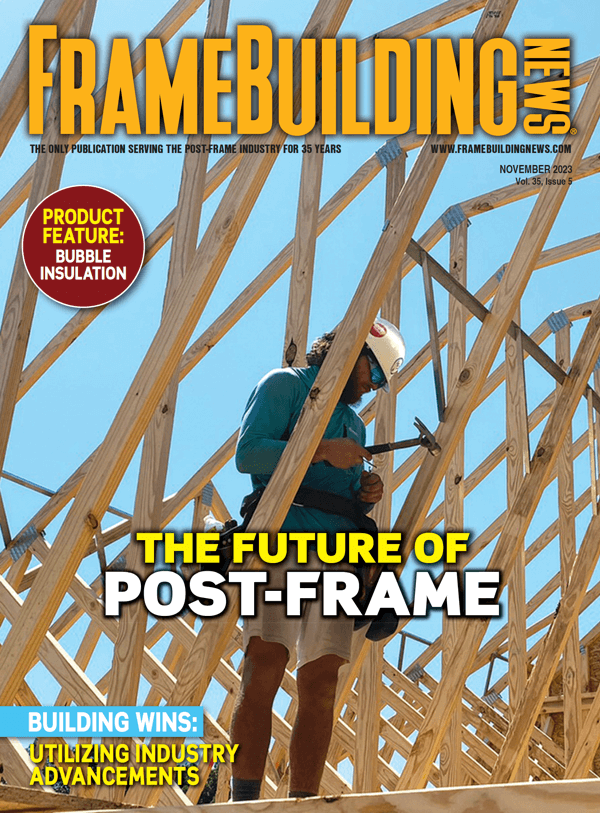The causes, the outlook, and what you can do in the meantime
By Jessica Franchuk
I’d first heard rumblings of a wood shortage earlier this spring, but it wasn’t until mid-summer that I saw it firsthand. A trip to our local lumberyard revealed bare shelves that were normally overflowing with product—a mere handful of treated 2 x 4s remained in the many slots delegated to this popular size.
A quick internet search for “lumber shortage 2020,” will yield mostly articles and news briefings about how this shortage is affecting the residential market (which has been booming). According to the National Association of Home Builders (NAHB), since mid-April 2020, the composite price of lumber “has soared more than 170%. This surge is adding approximately $16,000 to the price of a new single-family home and more than $6,000 to the average new apartment.” Of course, there are many other areas of construction that rely on wood as a primary resource, such as the post-frame industry.
Small town newspapers have even reported this issue in their front page headlines, including on the July 9 cover of a Mississippi community paper called the South Reporter. There, you’ll find the dramatic story of a Chicago-based contractor who was forced to travel more than 500 miles to procure a large purchase of treated lumber. It’s now three months later and the supply hasn’t recovered.
What Caused the Shortage?
Prior to the onset of the COVID-19 pandemic, there were already tariffs on wood between Canada and the U.S. (a hefty 20% on treated lumber) that were causing price and availability issues. Introduce a global health crisis to the mix, and a shortage was inevitable. As states sought to slow the spread of the virus, they implemented statewide restrictions, resulting in the shutdown of many industries including wood treatment facilities. As plants were slowly reopened, new restrictions are in place to allow for social distancing among workers, making it difficult for the supply to “catch up” with a surprisingly increasing demand.
The demand has been steadily growing as a huge portion of the U.S. population continues to work from home, which allows them time to start their “someday” projects like decks, fences, sheds, and barns. At first, this seemed like great news for the construction industry. Budgeted vacation and entertainment dollars were being poured back into home projects.
In fact, many contractors and manufacturers we’ve recently talked with are having an incredibly busy and successful year, despite initial concerns after the pandemic first hit. But, with bustling contractor wait lists comes the need for more materials, so now you don’t just have the DIY crowd scrambling for those last few 2 x 4s on the shelf—contractors have been forced to search out supplies at every neighboring lumberyard.
Alternative Materials
A recent poll conducted in one of our weekly e-newsletters revealed that 75% of contractors are interested in or are already pursuing alternative materials as this shortage continues. Where do you stand?
One alternative is to explore the world of metal framing, even if only until the wood supply returns. David Ruth, President of Freedom Machinery, has seen a dramatic increase in sales of cold-formed steel tubing machines. According to Ruth, contractors are tired of standing in line waiting for every wood shipment, so they are buying machines to produce their own materials. To get started with this method (including doing the necessary market research and cost analysis), Ruth suggests the following must-have list:
- A large enough building to house the equipment and the products (you will be producing 10′ to 20′-long steel tubing, and the tube mill itself can be 100′ to 150′ long)
- A source for steel and the money to buy it
- Employees to train (Freedom does offer training)
Another option to look at is tension fabric buildings, especially for agricultural customers. Jon Gustad, Building Sales Manager for ProTec Engineered Buildings, shared how easy this transition is for post-frame builders: “When ‘wood guys’ think anything steel frame-related, they tend to assume that welders and cutting torches will be involved. In reality, the existing skills and tools of most wood builders are more than sufficient for many of our tension fabric buildings. With proper planning, these buildings go together as easily as an Erector Set.” To make it even easier, they offer training resources to those who make the switch.
Still other builders are seeking options in the engineered lumber market. According to Craig Miles, Director, National Sales and Marketing OSB for LP Building Solutions, “We engineer value and multiple benefits into our products. And for builders, products that minimize corrections on the job and drive quality construction are huge advantages.” They offer one of the industry’s strongest, stiffest sub-floors, which also features more strands, resin, and wax to provide exceptional moisture resistance—important for post-frame builds.
If you plan on sticking with wood and continuing to hunt for materials, the NAHB suggests adding an escalation clause to your contracts. This enables you to charge the building owner for up to a predetermined percentage of material cost increase—something that could protect you today.
A Positive Outlook
Many large manufacturers and even smaller suppliers see a return to “normal” on the horizon. Miles shared, “Where we did see builder sentiment, home sales, and demand for LP’s products drop at the beginning of the pandemic, these have rebounded sharply and continued to climb, and we have returned to full production.”
To give you the best chance of getting the lumber you need when you need it, try these techniques: buy it when you can, not when you need it; ask if they allow preorders; inquire about bulk orders, even if its more than you need right now; ask if paying ahead or paying with different terms will get you to the front of the wait list; and ask if the lumberyard has any sister stores or other supply options, such as transferring materials between them with preorders.
As we hear more from industry experts, we’ll share every bit of information with our readers. FN
